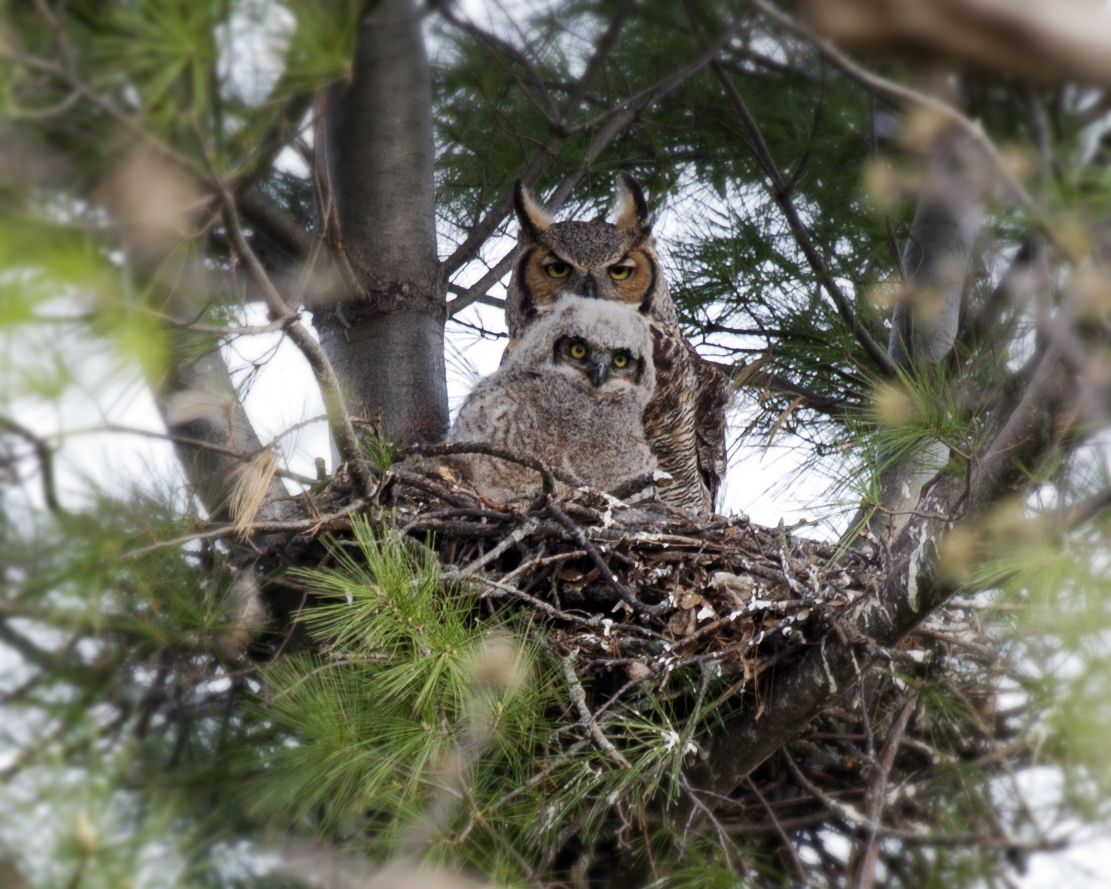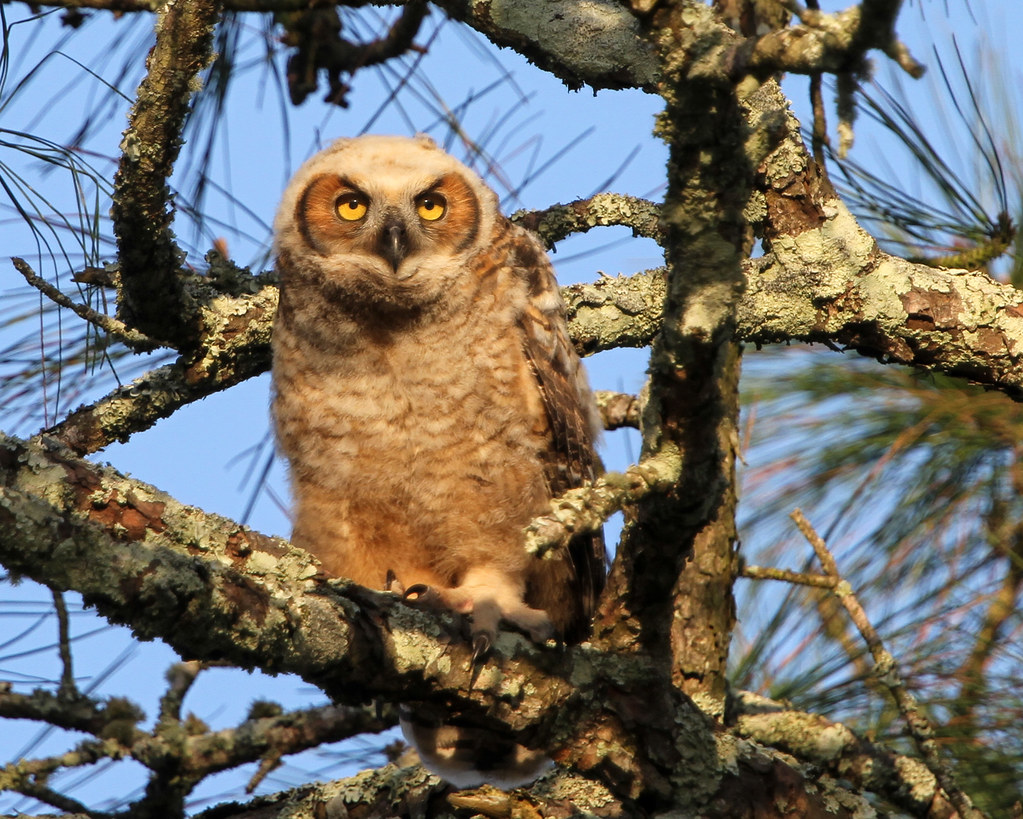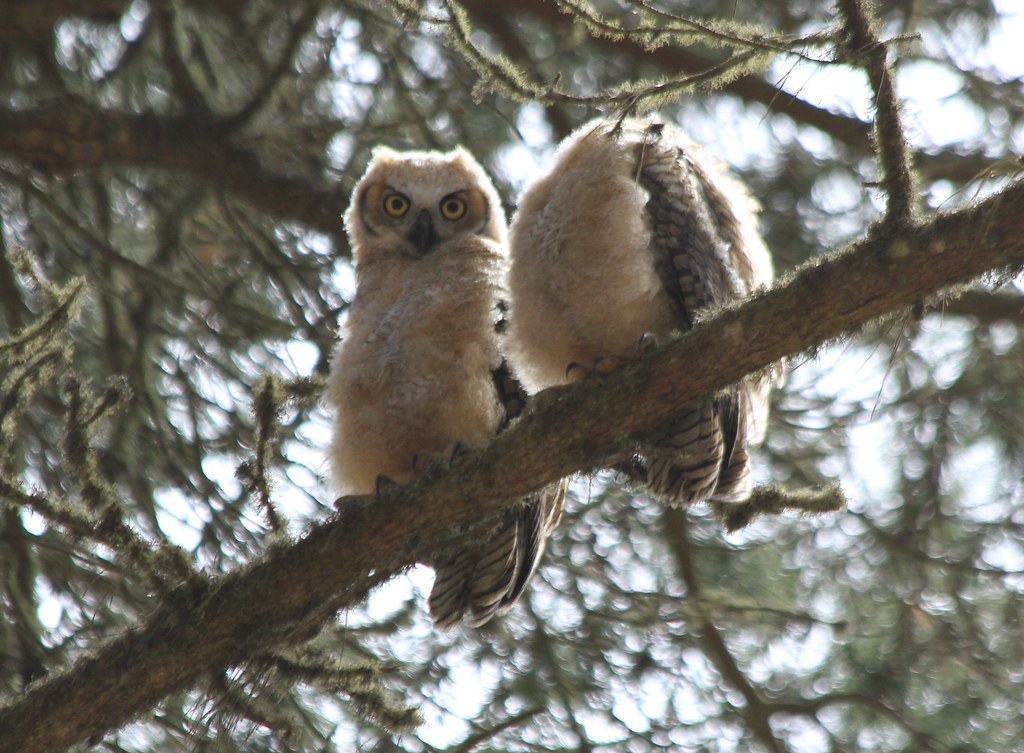 |
| Natural Resources
Technician, Emily Dunlap, displays a baited trap. |
If you were out walking through Trout Brook Nature Sanctuary during the last
weekend of July, you may have noticed some small metallic boxes to the side of
the path. These are Sherman Traps and are used for capturing live small
mammals. 2016 is the third year that Saint Paul Natural Resources has used a
grant from REI to conduct a small mammal survey in Trout Brook. For decades, trains ran through what is now Trout Brook Nature
Sanctuary. Over the last few years there has been an effort to clean up and
restore the natural habitat of the park. One measure of determining the health
of the ecosystem is by surveying the animals in the area and seeing whether
each year has brought changes to the number or diversity of small mammals in
the park.
 |
| Volunteers set live
mammal traps on the prairie transect. |
On Friday evening, the Natural Resources staff and volunteers
gathered at Trout Brook to learn how to set the Sherman Traps. We also set out
a few larger traps and track plates. The track plates are baited with peanut butter
in the center and the edges are painted with a graphite mixture. Contact paper
is placed on the track plate, sticky-side-up, so when an animal walks through
the graphite and across the plate you can see the tracks they leave behind. We
set the small traps in three different transects of the park: woodland,
prairie, and riparian and then baited these small traps with peanut butter and
oats. This process was then repeated Saturday, Sunday, and Monday evenings. In
the morning, a mammologist from the University of Minnesota, along with several
staff and volunteers would open the traps to see what animals we had caught.
One year, we unexpectedly caught a flying squirrel! I showed up on Sunday
morning with my camera, eager to see what we would find this year.
 |
| Dakota Rowsey holds up a white-footed mouse. |
As Dakota Rowsey from the University of Minnesota opened up trap
after trap, I quickly became familiar with the white-footed mouse. Seven of our traps contained
these critters which are common throughout much of the state. Two of our traps
contained short-tailed shrews, the largest shrew species
found in Minnesota. One of our track plates showed evidence that a raccoon and
skunk had walked across it, as well as another animal that wasn’t
as easily identifiable. Perhaps a mink? I’m thrilled to have been a part of
monitoring the health of this new park and am looking forward to continuing to
watch Trout Brook Nature Sanctuary evolve into a welcoming habitat for native
plant and animal species as well as Saint Paul’s human residents.
 |
| Determining which animals crossed the track plate. |






















